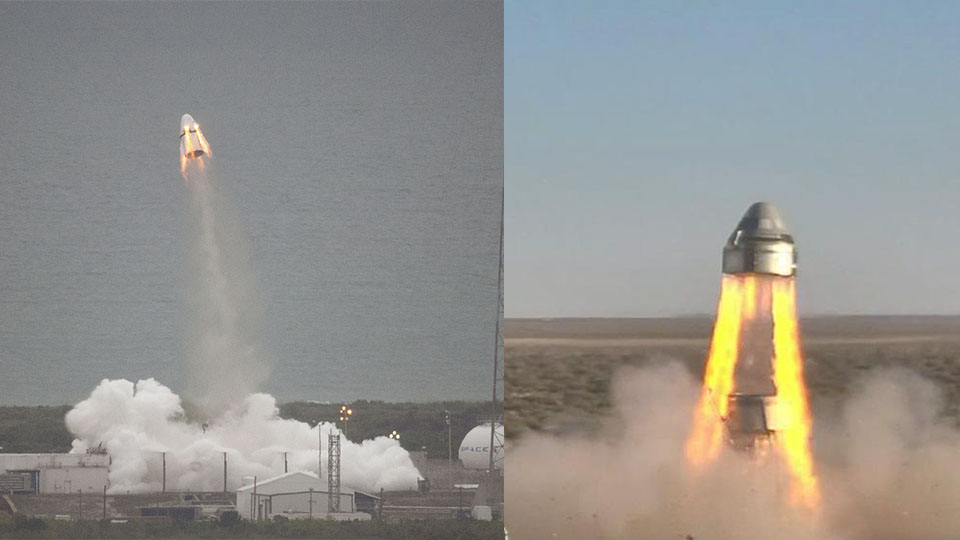

News
Boeing Starliner abort test (mostly) a success as SpaceX nears Crew Dragon static fire
On November 4th, Boeing completed a crucial pad abort test of its reusable Starliner spacecraft, successful in spite of an unintentional partial failure of its parachute recovery system. Three days later, Boeing revealed what it believed to be the cause of that anomaly in a November 7th press conference.
Meanwhile, SpaceX – having completed Crew Dragon’s pad abort test in 2015 – is preparing for an equally important In-Flight Abort (IFA) test and is perhaps just a day or two away from static firing the Crew Dragon capsule assigned to the test flight.
According to a NASA press release after the test, it “was designed to verify [that] each of Starliner’s systems will function not only separately, but in concert, to protect astronauts by carrying them safely away from the launch pad in the unlikely event of an emergency prior to liftoff.” Although the test wasn’t without flaws, the pad abort test successfully demonstrated the ability of the four launch abort engines and control thrusters to safely extricate astronauts from a failing rocket.
Those theoretical astronauts would have almost certainly survived the ordeal unharmed despite the failed deployment of one of Starliner’s three main parachutes, testing the spacecraft’s abort capabilities and redundancy quite a bit more thoroughly than Boeing intended. To put it bluntly, Boeing’s above tweet and PR claim that the failed deployment of 1/3 parachutes is “acceptable for the test parameters and crew safety” is an aggressive spin on a partial failure that NASA undoubtedly did not sign off on.
Boeing and SpaceX have both suffered failures while testing parachutes, leading NASA to require significantly more testing. However, in a November 7th press conference, Boeing revealed that Starliner’s parachute anomaly wasn’t the result of hardware failing unexpectedly under planned circumstances, but rather a consequence of a lack of quality assurance that failed to catch a major human error. Boeing says that a critical mechanical linkage (a pin) was improperly installed by a technician and then not verified prior to launch, causing one of Starliner’s three drogue chutes to simply detach from the spacecraft instead of deploying its respective main parachute.
Space is Parachutes are hard
Parachutes have been a major area of concern for the Commercial Crew Program. Both SpaceX and Boeing have now suffered failures during testing and have since been required to perform a range of additional tests to verify that upgraded and improved parachutes are ready to reliably return NASA astronauts to Earth. Although the Starliner pad abort test did indeed demonstrate the ability to land the capsule safely under two main chutes, an inadvertent test of redundancy, the series of Boeing actions that lead to the failure will almost certainly be scrutinized by NASA to avoid reoccurrences.
Boeing believes that the parachute failure won’t delay the launch of Starliner’s Orbital Flight Test (OFT), currently targeting a launch no earlier than (NET) December 17th. However, it can be said with some certainty that it will delay Starliner’s crewed launch debut (CFT), at least until Boeing can prove to NASA that it has corrected the fault(s) that allowed it to happen. SpaceX is similarly working to qualify upgraded Crew Dragon parachutes for astronaut launches, although the company has thus far only suffered anomalies related to the structural failure of parachute rigging/seams/fabric.
Abort tests galore
Boeing’s Starliner pad abort test occurred just days prior to a different major abort test milestone – this time for SpaceX. SpaceX Crew Dragon capsule C205 will perform a static fire test of its upgraded SuperDraco abort system, as well as its Draco maneuvering thrusters.
SpaceX has made alterations to the SuperDraco engines to prevent a failure mode that abruptly reared its head in April 2019, when a leaky valve and faulty design resulted in a catastrophic explosion milliseconds before a SuperDraco static fire test. Prior to its near-total destruction, Crew Dragon capsule C201 was assigned to SpaceX’s In-Flight Abort test, and its loss (and the subsequent failure investigation) delayed the test’s launch by at least six months. Crew Dragon’s design has since been fixed by replacing reusable check valves with single-use burst discs, nominally preventing propellant or oxidizer leaks.
If capsule C205’s static fire testing – scheduled no earlier than November 9th – goes as planned, SpaceX may be able to launch Crew Dragon’s in-flight abort (IFA) test before the end of 2019e. Likely to be a bit of a spectacle, Crew Dragon will launch atop a flight-proven Falcon 9 booster and a second stage with a mass simulator in place of its Merlin Vacuum engine, both of which will almost certainly be destroyed when Dragon departs the rocket during peak aerodynamic pressure.
NASA made in-flight abort tests an optional step for its Commercial Crew providers and Boeing decided to perform a pad abort only and rely on modeling and simulations to verify that Starliner’s in-flight abort safety. Assuming that NASA is happy with the results of Starliner’s pad abort and Boeing can alleviate concerns about the parachute anomaly suffered during the test, Starliner’s uncrewed orbital flight test (OFT) could launch as early as December 17th. Starliner’s crewed flight test (CFT) could occur some 3-6 months after that if all goes as planned during the OFT.
If SpaceX’s In-Flight Abort (IFA) also goes as planned and NASA is content with the results, Crew Dragon could be ready for its crewed launch debut (Demo-2) as early as February or March 2020.
Check out Teslarati’s newsletters for prompt updates, on-the-ground perspectives, and unique glimpses of SpaceX’s rocket launch and recovery processes.
Elon Musk
Why Tesla’s Q3 could be one of its biggest quarters in history
Tesla could stand to benefit from the removal of the $7,500 EV tax credit at the end of Q3.

Tesla has gotten off to a slow start in 2025, as the first half of the year has not been one to remember from a delivery perspective.
However, Q3 could end up being one of the best the company has had in history, with the United States potentially being a major contributor to what might reverse a slow start to the year.
Earlier today, the United States’ House of Representatives officially passed President Trump’s “Big Beautiful Bill,” after it made its way through the Senate earlier this week. The bill will head to President Trump, as he looks to sign it before his July 4 deadline.
The Bill will effectively bring closure to the $7,500 EV tax credit, which will end on September 30, 2025. This means, over the next three months in the United States, those who are looking to buy an EV will have their last chance to take advantage of the credit. EVs will then be, for most people, $7,500 more expensive, in essence.
The tax credit is available to any single filer who makes under $150,000 per year, $225,000 a year to a head of household, and $300,000 to couples filing jointly.
Ending the tax credit was expected with the Trump administration, as his policies have leaned significantly toward reliance on fossil fuels, ending what he calls an “EV mandate.” He has used this phrase several times in disagreements with Tesla CEO Elon Musk.
Nevertheless, those who have been on the fence about buying a Tesla, or any EV, for that matter, will have some decisions to make in the next three months. While all companies will stand to benefit from this time crunch, Tesla could be the true winner because of its sheer volume.
If things are done correctly, meaning if Tesla can also offer incentives like 0% APR, special pricing on leasing or financing, or other advantages (like free Red, White, and Blue for a short period of time in celebration of Independence Day), it could see some real volume in sales this quarter.
You can now buy a Tesla in Red, White, and Blue for free until July 14 https://t.co/iAwhaRFOH0
— TESLARATI (@Teslarati) July 3, 2025
Tesla is just a shade under 721,000 deliveries for the year, so it’s on pace for roughly 1.4 million for 2025. This would be a decrease from the 1.8 million cars it delivered in each of the last two years. Traditionally, the second half of the year has produced Tesla’s strongest quarters. Its top three quarters in terms of deliveries are Q4 2024 with 495,570 vehicles, Q4 2023 with 484,507 vehicles, and Q3 2024 with 462,890 vehicles.
Elon Musk
Tesla Full Self-Driving testing continues European expansion: here’s where
Tesla has launched Full Self-Driving testing in a fifth European country ahead of its launch.
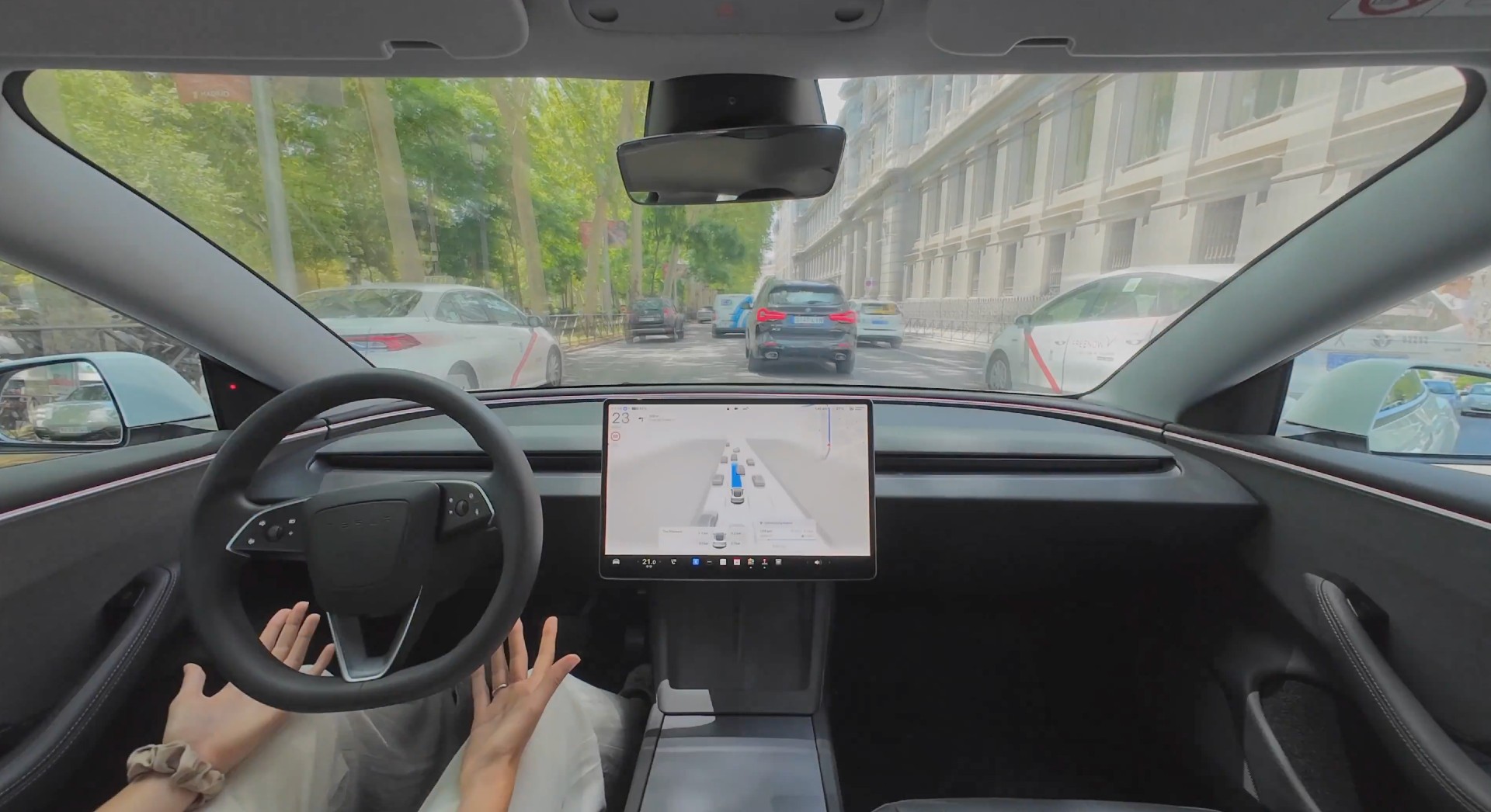
Tesla Full Self-Driving is being tested in several countries across Europe as the company prepares to launch its driver assistance suite on the continent.
The company is still working through the regulatory hurdles with the European Union. They are plentiful and difficult to navigate, but Tesla is still making progress as its testing of FSD continues to expand.
Today, it officially began testing in a new country, as more regions open their doors to Tesla. Many owners and potential customers in Europe are awaiting its launch.
On Thursday, Tesla officially confirmed that Full Self-Driving testing is underway in Spain, as the company shared an extensive video of a trip through the streets of Madrid:
Como pez en el agua …
FSD Supervised testing in Madrid, Spain
Pending regulatory approval pic.twitter.com/txTgoWseuA
— Tesla Europe & Middle East (@teslaeurope) July 3, 2025
The launch of Full Self-Driving testing in Spain marks the fifth country in which Tesla has started assessing the suite’s performance in the European market.
Across the past several months, Tesla has been expanding the scope of countries where Full Self-Driving is being tested. It has already made it to Italy, France, the Netherlands, and Germany previously.
Tesla has already filed applications to have Full Self-Driving (Supervised) launched across the European Union, but CEO Elon Musk has indicated that this particular step has been the delay in the official launch of the suite thus far.
In mid-June, Musk revealed the frustrations Tesla has felt during its efforts to launch its Full Self-Driving (Supervised) suite in Europe, stating that the holdup can be attributed to authorities in various countries, as well as the EU as a whole:
Tesla Full Self-Driving’s European launch frustrations revealed by Elon Musk
“Waiting for Dutch authorities and then the EU to approve. Very frustrating and hurts the safety of people in Europe, as driving with advanced Autopilot on results in four times fewer injuries! Please ask your governing authorities to accelerate making Tesla safer in Europe.”
Waiting for Dutch authorities and then the EU to approve.
Very frustrating and hurts the safety of people in Europe, as driving with advanced Autopilot on results in four times fewer injuries!
Please ask your governing authorities to accelerate making Tesla safer in Europe. https://t.co/QIYCXhhaQp
— Elon Musk (@elonmusk) June 11, 2025
Tesla said last year that it planned to launch Full Self-Driving in Europe in 2025.
Elon Musk
xAI’s Memphis data center receives air permit despite community criticism
xAI welcomed the development in a post on its official xAI Memphis account on X.
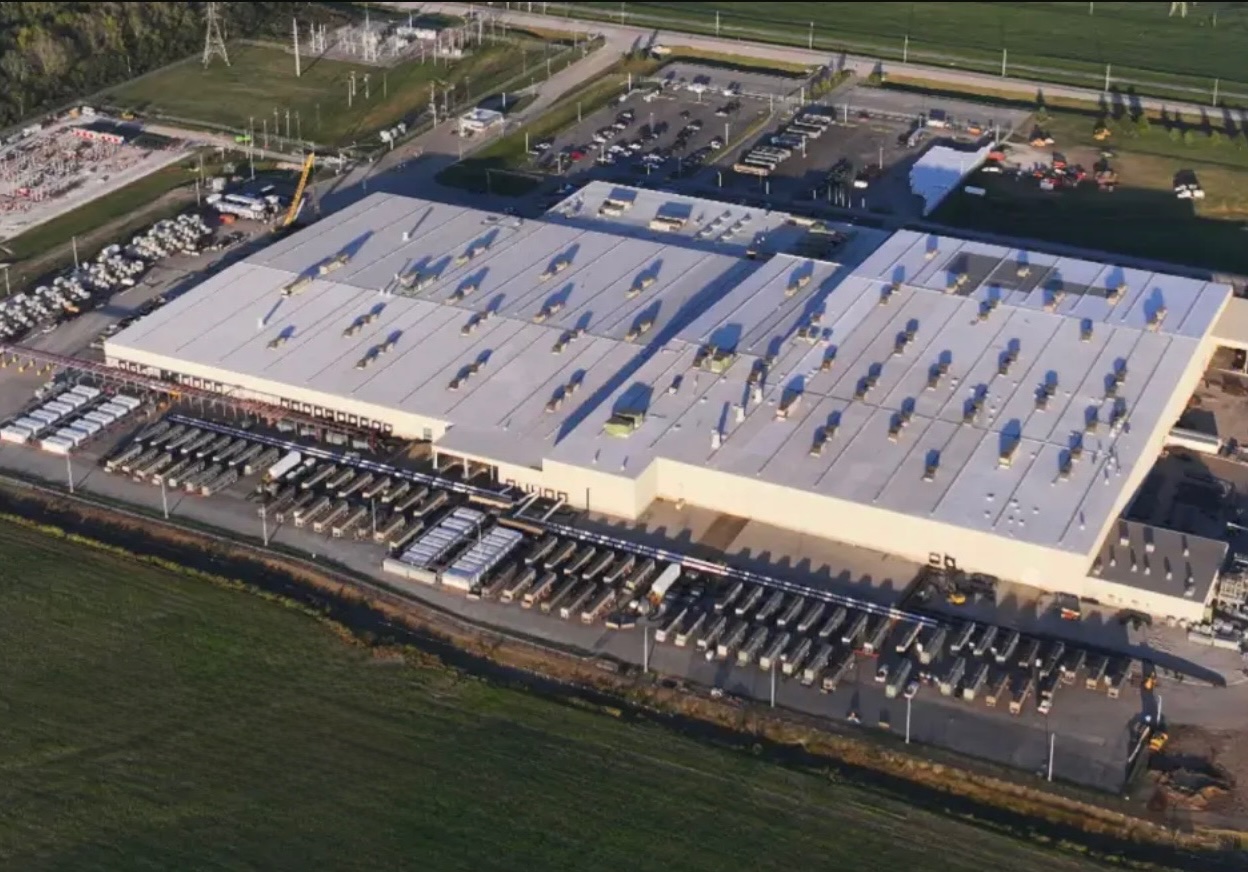
Elon Musk’s artificial intelligence startup xAI has secured an air permit from Memphis health officials for its data center project, despite critics’ opposition and pending legal action. The Shelby County Health Department approved the permit this week, allowing xAI to operate 15 mobile gas turbines at its facility.
Air permit granted
The air permit comes after months of protests from Memphis residents and environmental justice advocates, who alleged that xAI violated the Clean Air Act by operating gas turbines without prior approval, as per a report from WIRED.
The Southern Environmental Law Center (SELC) and the NAACP has claimed that xAI installed dozens of gas turbines at its new data campus without acquiring the mandatory Prevention of Significant Deterioration (PSD) permit required for large-scale emission sources.
Local officials previously stated the turbines were considered “temporary” and thus not subject to stricter permitting. xAI applied for an air permit in January 2025, and in June, Memphis Mayor Paul Young acknowledged that the company was operating 21 turbines. SELC, however, has claimed that aerial footage shows the number may be as high as 35.
Critics are not giving up
Civil rights groups have stated that they intend to move forward with legal action. “xAI’s decision to install and operate dozens of polluting gas turbines without any permits or public oversight is a clear violation of the Clean Air Act,” said Patrick Anderson, senior attorney at SELC.
“Over the last year, these turbines have pumped out pollution that threatens the health of Memphis families. This notice paves the way for a lawsuit that can hold xAI accountable for its unlawful refusal to get permits for its gas turbines,” he added.
Sharon Wilson, a certified optical gas imaging thermographer, also described the emissions cloud in Memphis as notable. “I expected to see the typical power plant type of pollution that I see. What I saw was way worse than what I expected,” she said.
-

 Elon Musk3 days ago
Elon Musk3 days agoTesla investors will be shocked by Jim Cramer’s latest assessment
-

 News1 week ago
News1 week agoTesla Robotaxi’s biggest challenge seems to be this one thing
-

 News2 weeks ago
News2 weeks agoTexas lawmakers urge Tesla to delay Austin robotaxi launch to September
-

 Elon Musk2 weeks ago
Elon Musk2 weeks agoFirst Look at Tesla’s Robotaxi App: features, design, and more
-
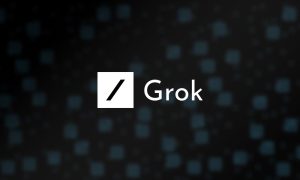
 Elon Musk2 weeks ago
Elon Musk2 weeks agoxAI’s Grok 3 partners with Oracle Cloud for corporate AI innovation
-

 News2 weeks ago
News2 weeks agoSpaceX and Elon Musk share insights on Starship Ship 36’s RUD
-

 News2 weeks ago
News2 weeks agoWatch Tesla’s first driverless public Robotaxi rides in Texas
-
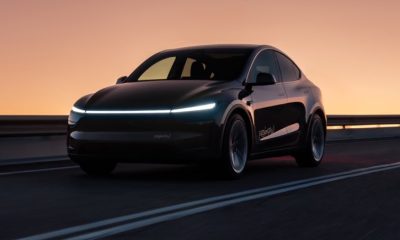
 News2 weeks ago
News2 weeks agoTesla has started rolling out initial round of Robotaxi invites

















